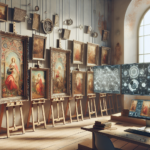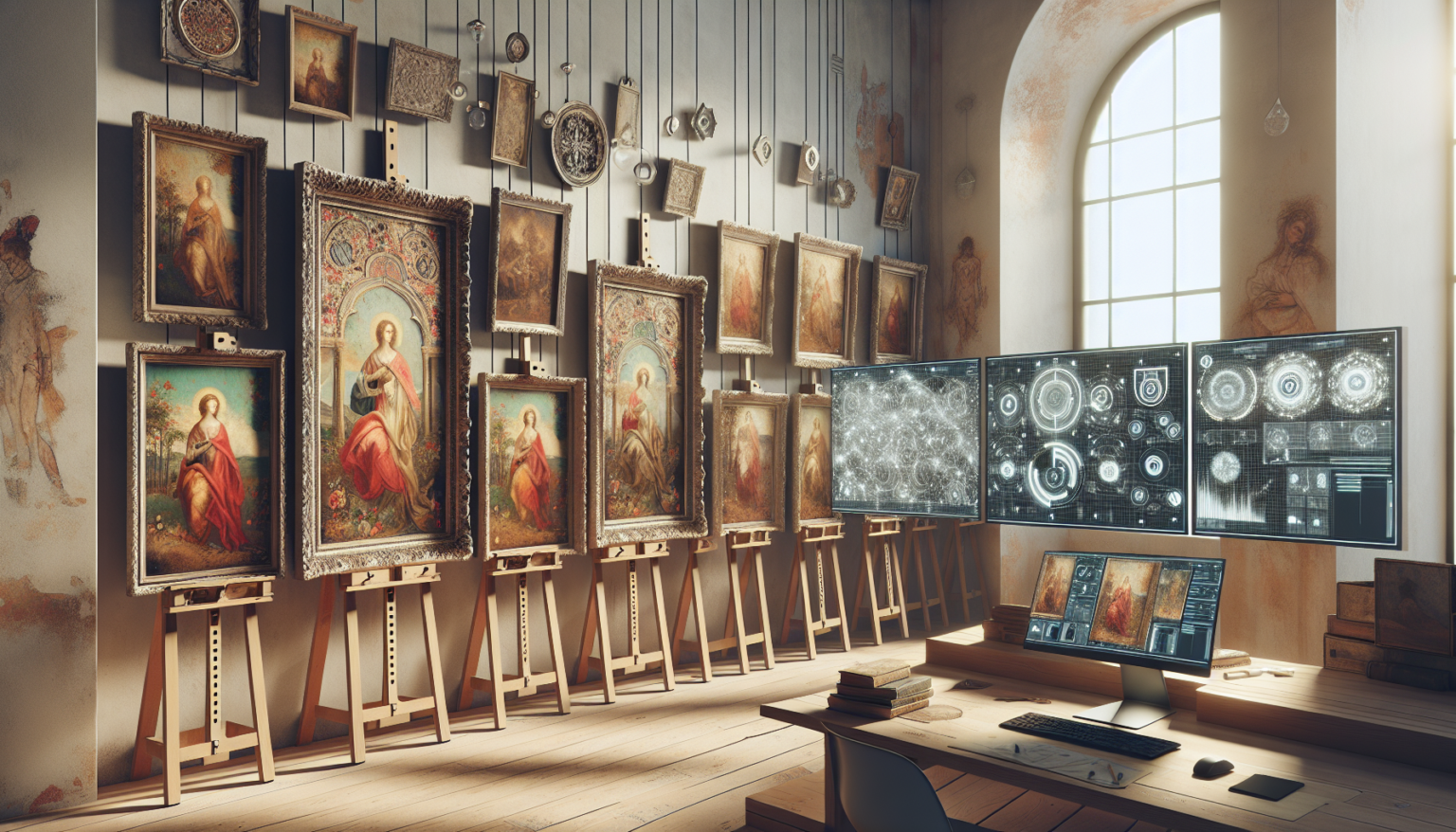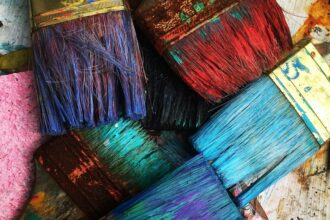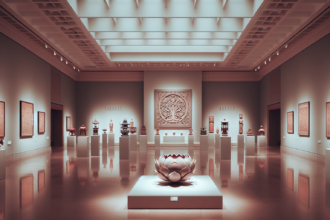MIT graduate student Alex Kachkine has developed a groundbreaking technique that uses AI-generated polymer films to restore damaged paintings in just hours. This innovative method involves creating removable transparent masks that are applied directly to the artworks, allowing for rapid and reversible restoration. Kachkine spent nine months restoring a baroque Italian painting, which inspired him to explore how technology could streamline this labor-intensive process.
His findings, published in the journal Nature, have garnered significant attention within the art conservation community. The technique involves printing a transparent mask containing thousands of precisely color-matched regions. These masks can be applied to the original artwork, offering a temporary but accurate restoration.
Unlike traditional methods that permanently alter the painting, these films can be removed without damage, preserving the integrity of the original work. According to Kachkine, up to 70 percent of institutional art collections remain hidden from the public due to damage. Traditional restoration processes often require weeks to decades to complete a single piece.
Given the limited number of skilled conservators, many artworks remain in storage, unseen and deteriorating further.
Art restoration with ai masks
To test his method, Kachkine selected a challenging 15th-century oil painting with repairs needed in 5,612 separate regions.
Using an AI model to identify damage patterns, the process generated 57,314 different colors to match the original artwork. The entire restoration took only 3.5 hours, approximately 66 times faster than traditional hand-painting methods. Kachkine’s approach focuses on creating digital restorations through careful algorithmic analysis, predicting the appearance of damaged areas based on surrounding paint and the artist’s style.
Custom software maps regions needing repair and determines precise color requirements. High-fidelity inkjet printers produce the mask layers, which are then aligned and adhered to the painting using conservation-grade varnish spray. The polymer materials used for the masks dissolve in standard conservation solutions, allowing for their future removal without damaging the original artwork.
Digital files documenting all changes made during the restoration are stored, creating a detailed record for future conservators. Kachkine stresses that while this technology streamlines the restoration process, it does not replace the need for human judgment. Conservators must still make critical ethical decisions regarding the extent of intervention and the accuracy of digital predictions.
This development represents a significant advancement in art conservation, offering a faster, more efficient way to restore and preserve cultural heritage for future generations.













